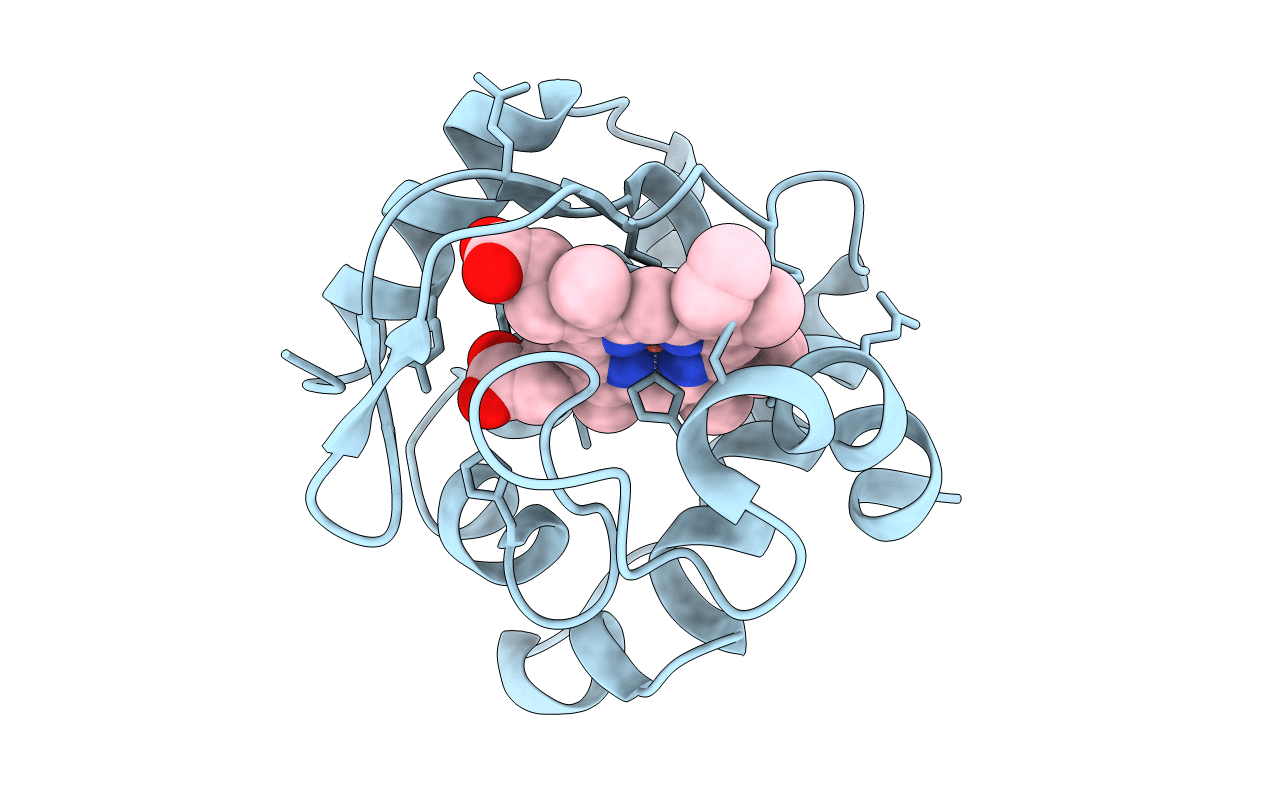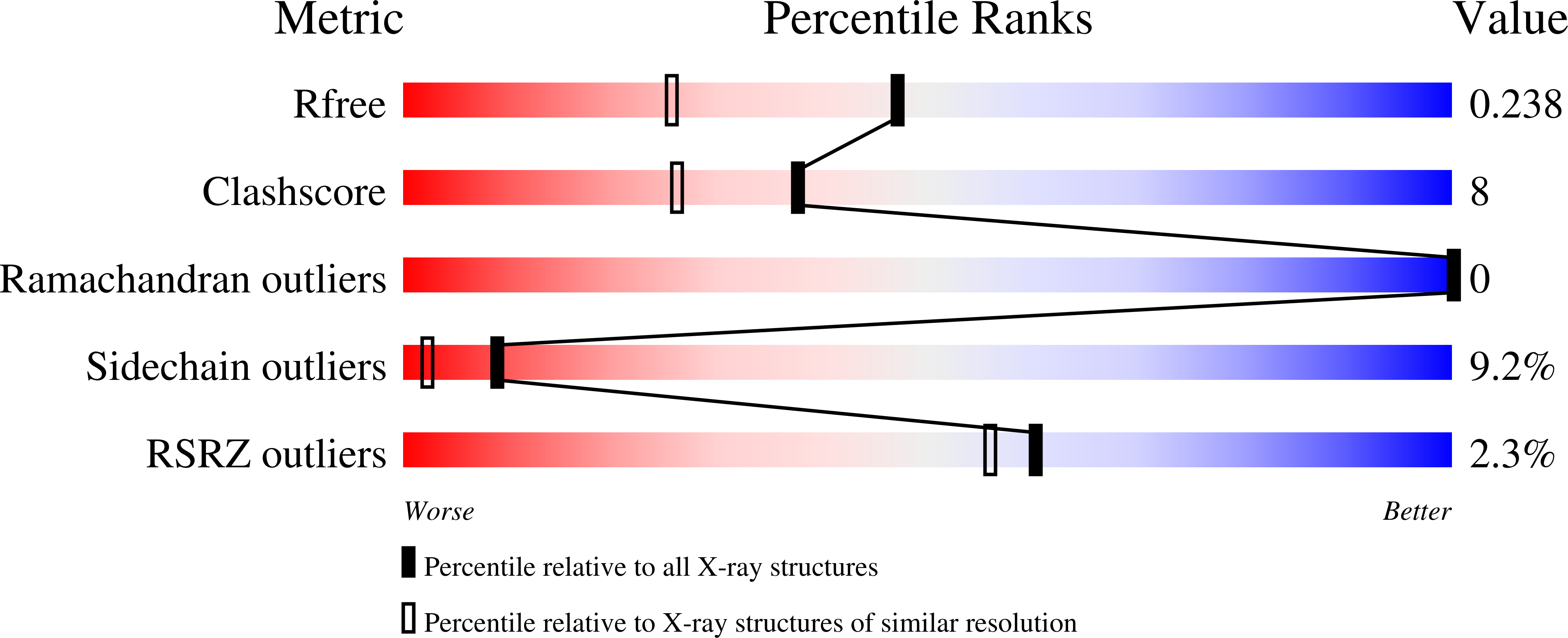
Deposition Date
2000-01-10
Release Date
2000-02-18
Last Version Date
2024-10-30
Entry Detail
PDB ID:
1DT1
Keywords:
Title:
THERMUS THERMOPHILUS CYTOCHROME C552 SYNTHESIZED BY ESCHERICHIA COLI
Biological Source:
Source Organism:
Thermus thermophilus (Taxon ID: 300852)
Host Organism:
Method Details:
Experimental Method:
Resolution:
1.80 Å
R-Value Free:
0.26
R-Value Work:
0.18
R-Value Observed:
0.21
Space Group:
P 65


